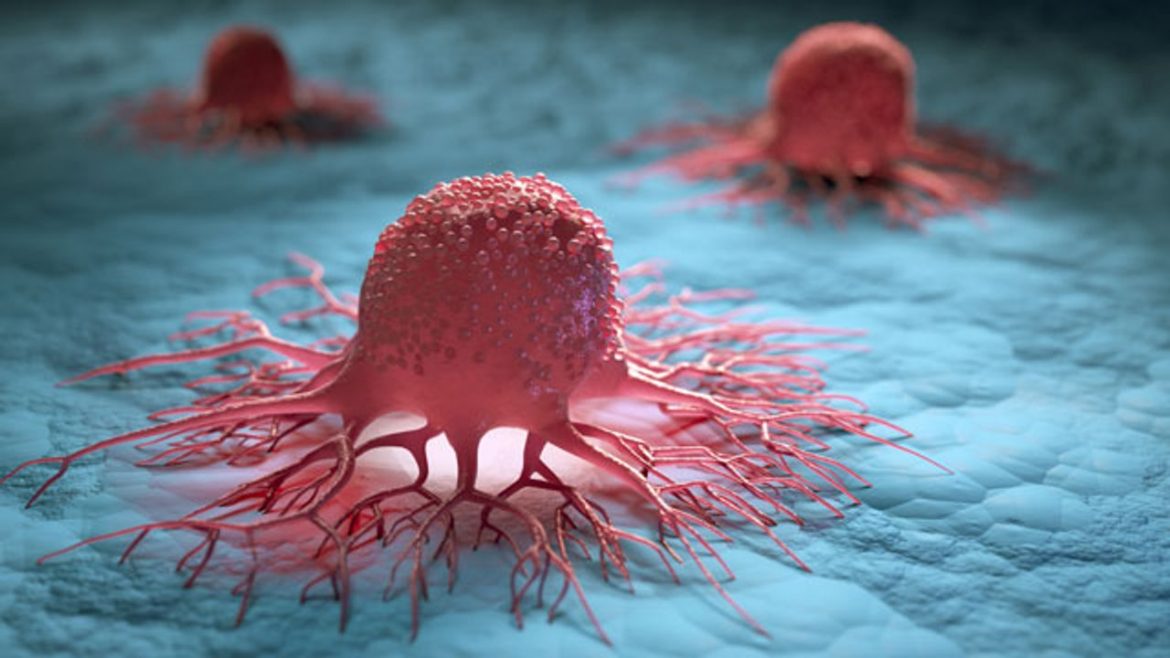A cell dies of ferroptosis when free radicals become uncontrolled and damage the protecting cell membrane in a chain reaction. When healthy cells are exposed to oxidative stress, they might be harmed. Because of their extremely active metabolism, cancer cells are particularly sensitive to ferroptosis, yet many of them avoid this destiny. According to a study, researchers around the world are seeking for the elements that make a cell vulnerable or resistant to ferroptosis so that they might potentially impact this form of cell death therapeutically.
Tobias Dick and colleagues at the German Cancer Research Center found a unique method by which cells protect themselves from ferroptosis. The study’s findings were published in the journal Nature Chemical Biology. Human cells may create persulfides from the sulfur-containing amino acid cysteine, which was just recently discovered. These tiny molecules are distinguished by the presence of two sulphur atoms and one hydrogen atom. The significance of persulfides inside the cell, on the other hand, was unclear from the start.
Uladzimir Barayeu of DKFZ, first author of the current publication, observed that cells boost their production of persulfides as soon as they are stressed by radicals and are at risk of ferroptotic cell death. This was the first indication that cells try to protect themselves with persulfides. The research team showed that persulfides efficiently suppress membrane damage and ferroptosis and also disclosed the mode of action of these molecules: Persulfides proved to be highly efficient radical scavengers. They interrupt the destructive chain reaction that threatens the integrity of the cell membrane.
The action of persulfides is based on an unusual chemical mechanism. When a persulfide encounters a free radical, it takes on its radical character, thus becoming a radical itself. But the new radical behaves in an unusual way. Unlike other radicals, it is extremely inert and incapable of causing damage. It reacts exclusively with itself and produces persulfides again in a subsequent reaction. This means that persulfides hardly consume themselves in the elimination of free radicals. Therefore, even a very low concentration of persulfides can effectively eliminate a much higher concentration of radicals, as the researchers found to their surprise.
Also Read: Heart medicine may be potential solution for alcohol consumption disorder: Research
The Heidelberg scientists also showed that a cell’s ferroptosis sensitivity depends on certain enzymes of sulfur metabolism that generate persulfides. “Our new results could open up completely new starting points for attacking the internal resistance of cancer cells, for example by pharmacological inhibitors of the enzymes responsible for persulfide production,” says Tobias Dick, senior author of the current publication.
Follow Medically Speaking on Twitter Instagram Facebook

